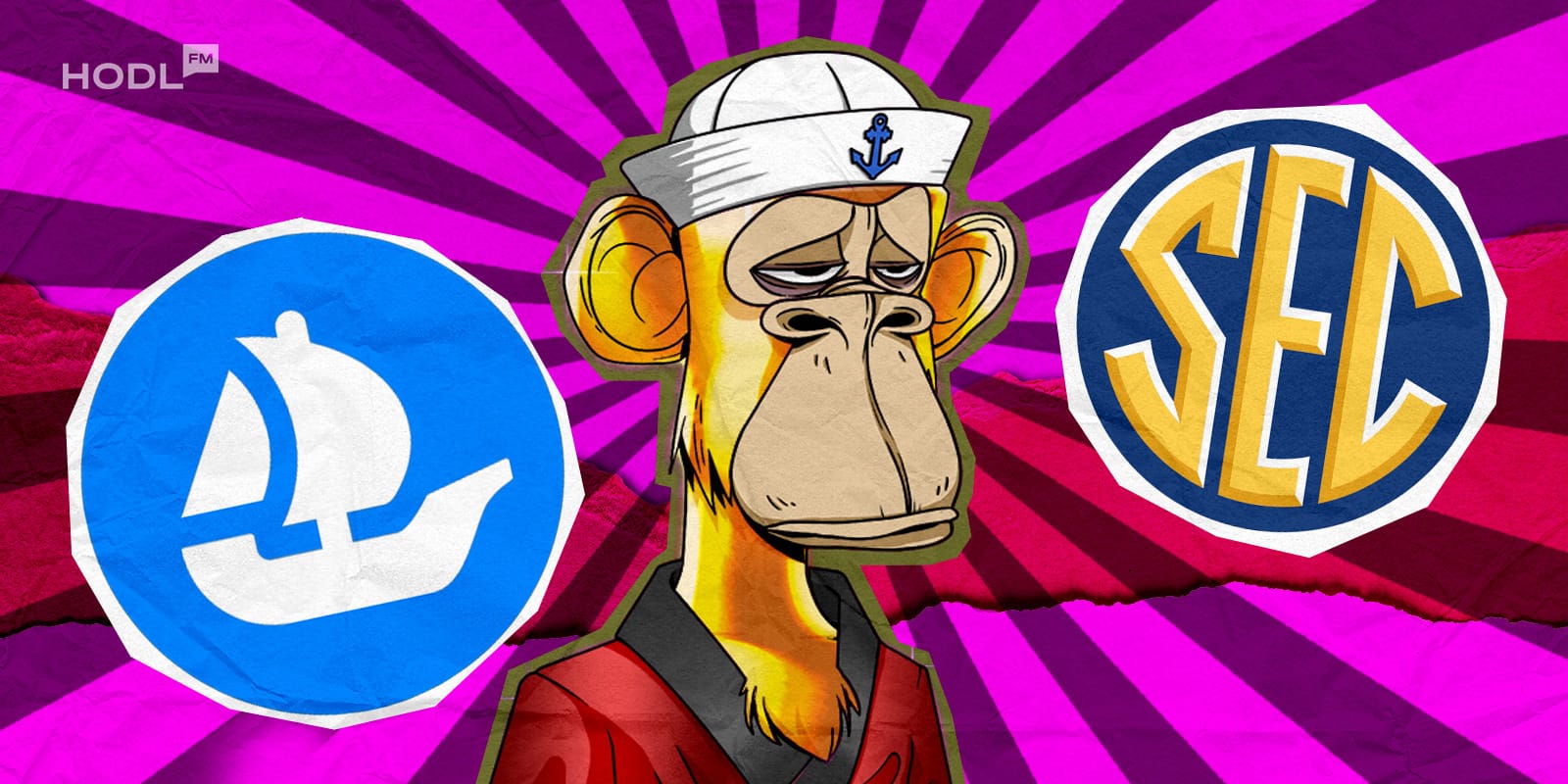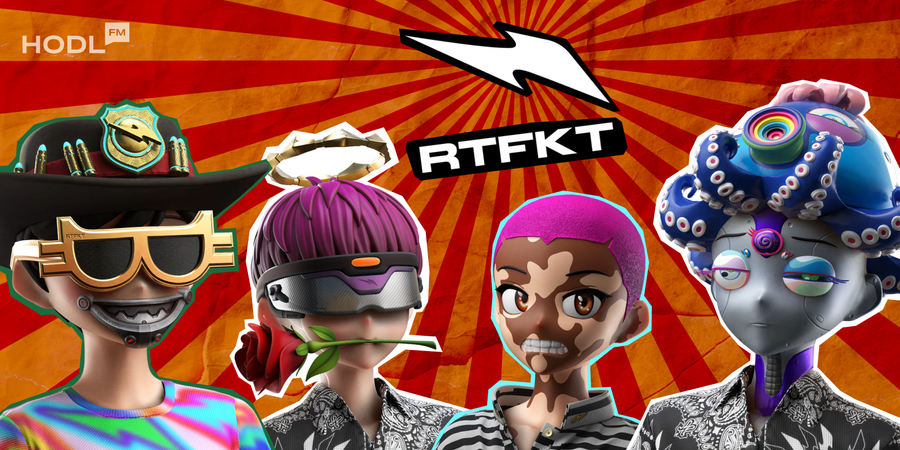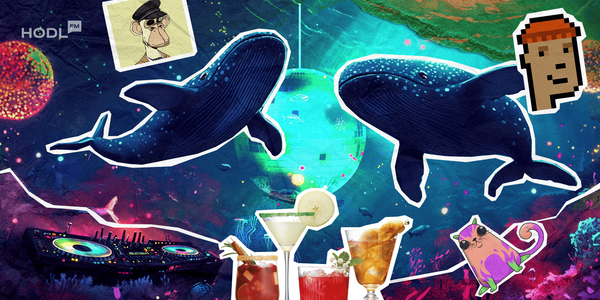For a few hours earlier this week, some Clone X collectors were left staring at… well, nothing. No avatars, no colorful traits, just broken image links and a lingering sense of “Wait, where did my NFT go?”
Thankfully, it wasn’t some catastrophic on-chain failure. It wasn’t even a bug in the NFT contract. It was something far more ordinary: a backend hiccup with Cloudflare.
On April 23, images from the Clone X collection stopped rendering on major platforms like OpenSea. The metadata vanished too, sparking concern among holders who weren’t quite sure what they were looking at or not looking at. Some wondered if something deeper was broken. Turns out, the issue stemmed from a misconfigured Cloudflare setting, which effectively cut off access to the image-hosting domain that RTFKT uses for the avatars.
RTFKT (the Nike-owned digital fashion studio behind Clone X) responded quickly. In a post on X, they reassured the community that the actual metadata and the DNA of the NFTs was still on-chain and untouched. The problem, they explained, was strictly visual.
A day later, everything was back to normal. The avatars returned to OpenSea, Cloudflare resolved the error, and collectors could breathe again.
But even if it was a minor outage, it said something bigger about the state of NFTs.
Pretty Pictures, Fragile Pipes
Here’s the thing: we like to say that NFTs are immutable. Permanent. Decentralized. And that’s mostly true, at least, when you’re talking about the token itself. But the images? The part you actually see and interact with? Those often live on centralized servers, and they’re a lot more fragile than we like to admit.
This little Clone X episode is a perfect example of that gap. The smart contract never blinked. The Ethereum network was fine. But for hours, one of the most recognizable NFT collections looked like it had been scrubbed from the internet.
Even OpenSea acknowledged the issue, saying they’re looking into ways to reduce dependency on third-party systems like this—especially for high-visibility projects. Whether that means better hosting infrastructure or deeper adoption of decentralized storage systems like IPFS, the industry still has some growing up to do.
A Quiet Comeback?
The glitch comes at a strange time for Clone X. After a long quiet stretch through 2023, the collection had recently started to pick up a bit of steam again. Nothing earth-shattering, but CoinGecko’s volume data shows some movement. There’s still a pocket of collectors who believe in the vision RTFKT laid out—a digital wardrobe, fashion drops, gamified identity, and a world that blends avatars with IRL hype culture.
That vision isn’t dead. It’s just in need of a little momentum—and, apparently, a little more reliable hosting.
Looking Ahead
In the end, Clone X was never in real danger. But the episode reveals how much of the Web3 user experience still depends on Web2 infrastructure. If the NFT space wants to be taken seriously beyond the speculation, beyond the meme hype it’s going to need to make that infrastructure bulletproof.
That means asking tough questions about where images live, how metadata is accessed, and what users really “own.” Because as long as a single DNS misfire can make your avatar disappear, we’re not quite as decentralized as we think.
The blockchain might be permanent. The internet, not so much.

Disclaimer: All materials on this site are for informational purposes only. None of the material should be interpreted as investment advice. Please note that despite the nature of much of the material created and hosted on this website, HODL FM is not a financial reference resource and the opinions of authors and other contributors are their own and should not be taken as financial advice. If you require advice of this sort, HODL FM strongly recommends contacting a qualified industry professional.





